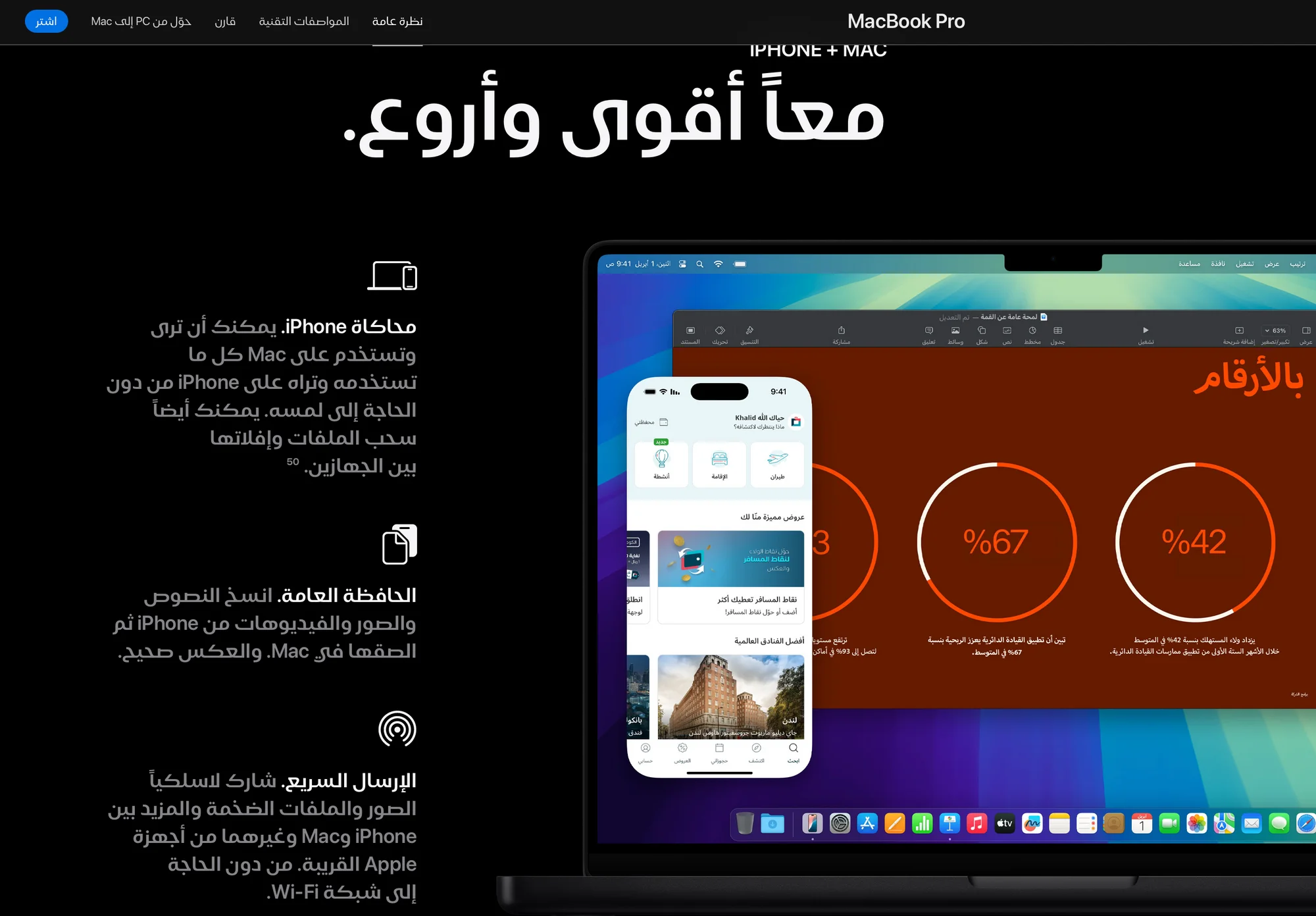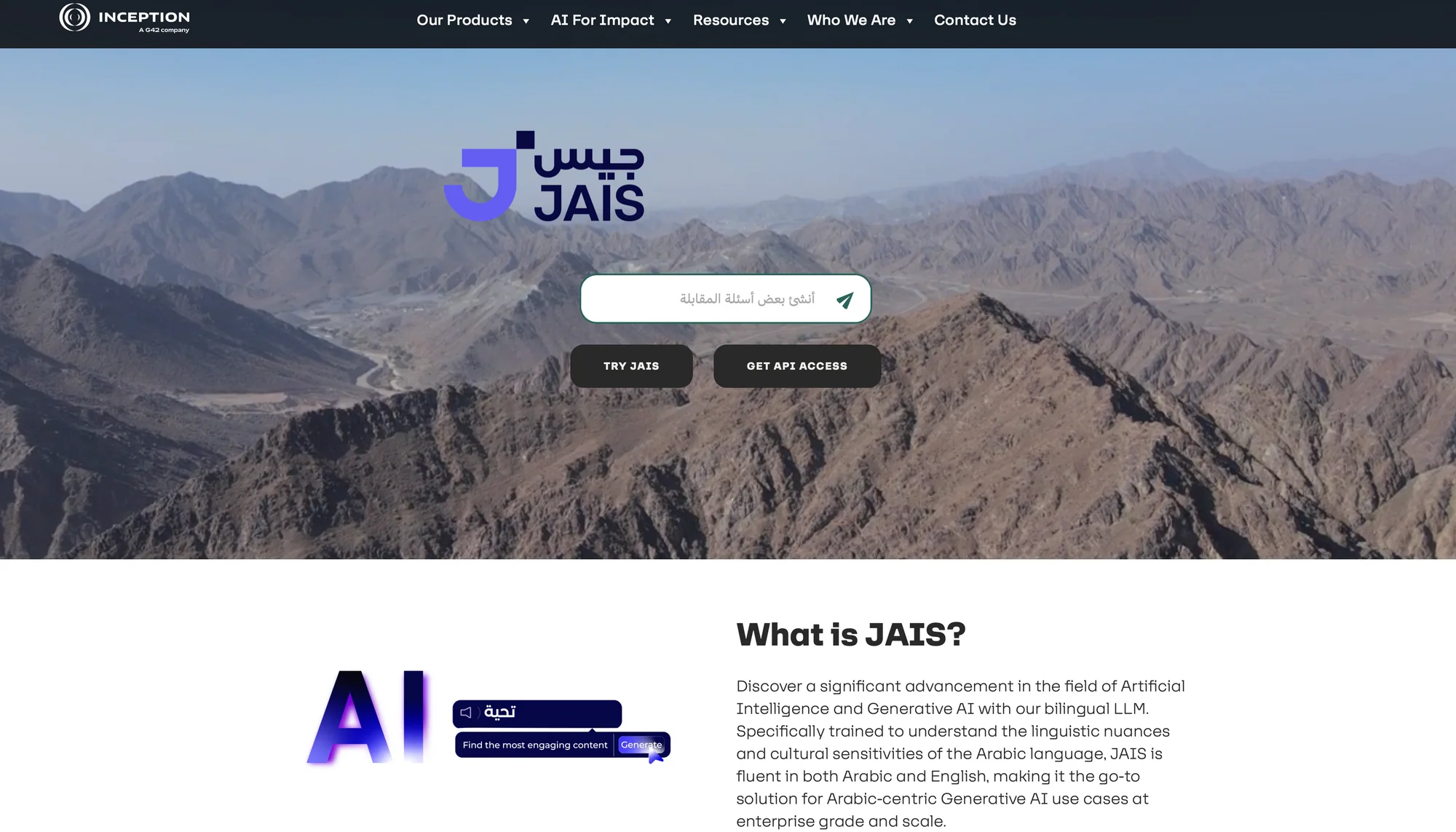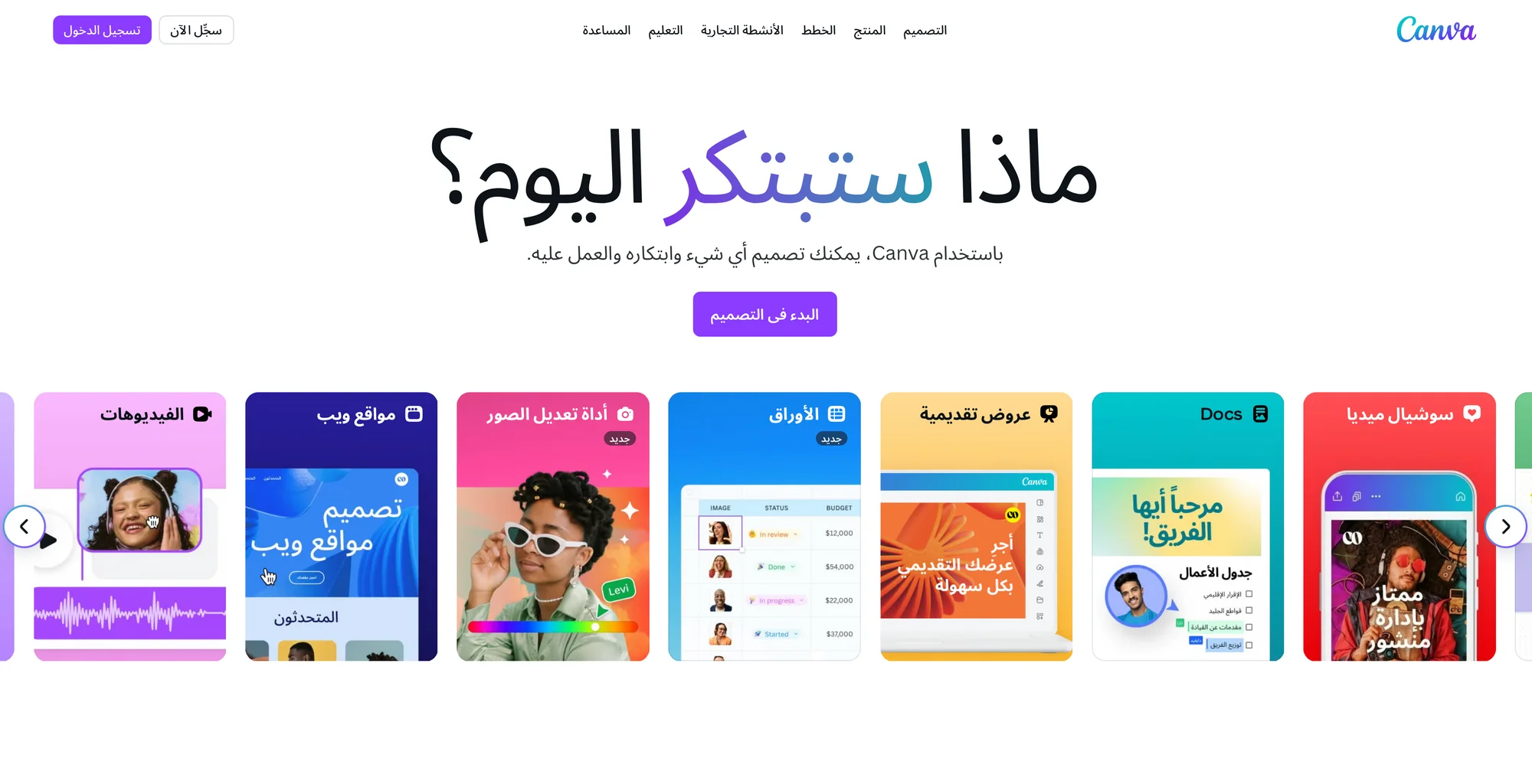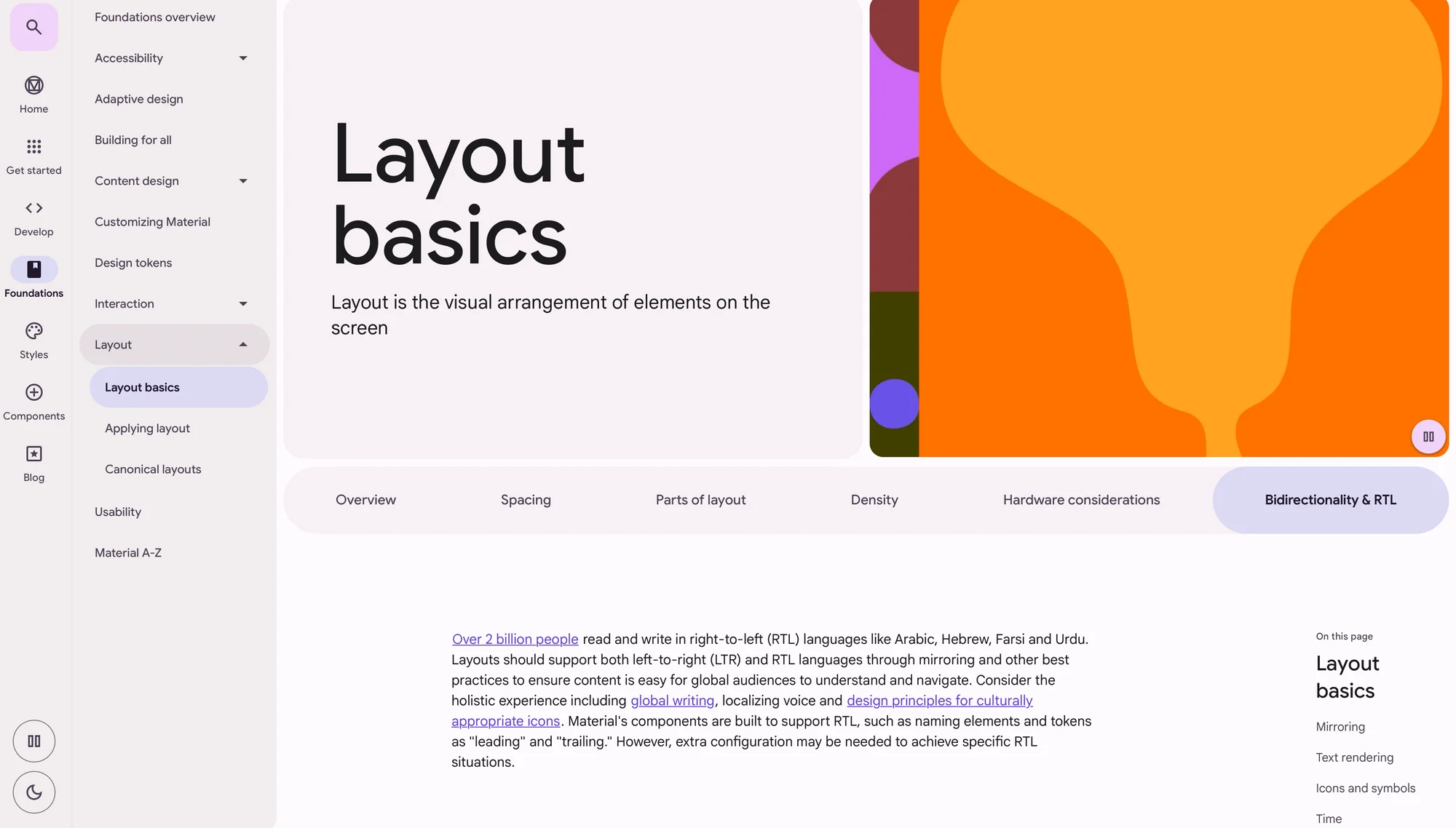Growing up in Egypt as a native Arabic speaker, I experienced firsthand what it meant to navigate a digital world that wasn't built for my language. When my generation first encountered technology, there were no Arabic interfaces at all. Everything was left-to-right. We learned to use computers, mobile phones, and software through English interfaces because that was the only option available.
I remember my first Samsung flip phone couldn't support Arabic keyboard input. This limitation was so widespread that it created an entire phenomenon — people writing Arabic using Latin letters to communicate on their phones, essentially inventing Arabizi, a new form of digital slang. I'll admit something that might be controversial: even today, I can't comfortably use technology in Arabic. We became so accustomed to left-to-right interfaces that switching back feels unnatural.
This personal experience shaped my understanding long before I entered localization as an Arabic team lead. Now, as Technical Director at the LangOps Institute, I've made it my mission to help companies understand that language considerations can't be postponed.
Too often, I hear the same refrain from startup leaders: "We'll add RTL support when we expand to those markets." This approach consistently creates technical debt that compounds over time, sometimes making expansion impossible altogether. If Arabic, Hebrew, or Urdu is anywhere on your roadmap, the architectural decisions you make today will determine whether future localization takes weeks or months to implement.

In this piece, co-authored with my colleague Ahmed (with 17 years of experience in the field), we aim to break down why RTL languages like Arabic deserve your attention from the start.
📊 What you’re actually dealing with 🔗
Just to put things in perspective, there are over 215 languages that use RTL scripts.
Some of the most common include:
| Language | Speakers | Notes |
|---|---|---|
| Arabic | 400M native, 270M MSA users | 26 official countries, 25+ dialects |
| Urdu | 62M native, 160M L2 | Pakistan and parts of India |
| Farsi | 70M native, 110M total | Iran, Afghanistan, Tajikistan |
| Pashto | 40–60M native | Dialectal diversity |
| Sindhi | 32M native | Pakistan and India |
| Hebrew | 9M speakers | Modern and ancient roots |
| Kashmiri | 7M speakers | Indo-Aryan branch |
Some ancient languages (like Egyptian hieroglyphs and the Phoenician alphabet) were written right-to-left, too. Even Korean, Chinese, and Japanese used to be written top-to-bottom, right-to-left.
RTL is not niche. It’s foundational to how many people in the world read, write, and interact with content.
🤔 Why companies ignore the problem 🔗
Recently, I had a conversation with several startup CTOs about expansion planning. Their responses were revealing... and concerning. Some believed AI would handle everything automatically. Others admitted they'd never considered RTL markets part of their growth strategy.
The barriers aren't technical complexities. They're structural:
- Resource constraints dominate decision-making. Teams face quick release cycles and feature competition. When you're fighting for market share, RTL seems like a luxury you can't afford.
- Knowledge gaps run deeper than expected. Most decision-makers don't understand what RTL implementation involves or when it becomes exponentially more expensive. As one CTO told me: "We'll cross that bridge when we get there."
- The mentality of "we need to push the product" takes over. Companies focus on adding features to stay relevant and competitive. Important infrastructure decisions get buried under immediate market pressures.
It's not that companies don't care... They often don't know. And even when they do know, they may lack the resources to act on it immediately. AI has complicated this further, offering partial help but no real certainty.
↪️ Localazy tested eight of the most popular LLMs on Arabic translation tasks. See the results here

💡 Prepping beforehand pays off 🔗
Here's the strategic reality: no company ever says "we're only going to serve Latin script users." You start small, but you can't realistically limit your future to one writing system forever. The cost multiplies over time because the bigger your product gets, the bigger the RTL problem becomes.
I've worked with a multi-billion-dollar software company that discovered RTL implementation would take three to six months at their scale. At that point, leadership decided it wasn't worth the investment. This creates real market invisibility. When I mentioned this company to my cousin, an IT director in Egypt, his response was immediate: "Never heard of them." That's a multi-billion dollar company, completely invisible in a market of 400 million Arabic speakers.
No company ever says "we're only going to serve Latin script users." You start small, but you can't realistically limit your future to one writing system forever
RTL support becomes another item on your technical debt list, and we know how companies struggle with technical debt. Stack compatibility decisions you make today determine your future flexibility. If you choose a CMS, project management system, or support platform that doesn't handle RTL, you'll face painful migrations later rather than simple filtering during initial selection.
⏳ Two case studies: the cost of timing 🔗
How and when you approach RTL can completely change the outcome. The same requirement looks very different for a company scrambling late versus one that plans for it from the start.
Let's go through two examples.
Company A: The retroactive scramble 🔗
This reflects most companies' approach. They build for their initial market, establish their tech stack, and create workflows around left-to-right assumptions. When RTL requirements emerge during expansion, everything needs retrofitting. The timeline becomes prohibitive because UI elements are hardcoded, graphics have embedded text, and designs weren't built with mirroring in mind. What could have been weeks of upfront planning becomes months of architectural changes.
I've seen this pattern repeatedly: companies discover a significant business opportunity in RTL markets only to realize their systems can't support the expansion without major rebuilding. The opportunity cost extends beyond implementation time to include lost first-mover advantages and delayed market entry... while competitors establish or have already established themselves.
Company B: The strategic approach 🔗
Canva chose differently. From the beginning, their founders were determined to be available to as many people worldwide as possible. This wasn't just idealism but rather strategic planning that recognized language accessibility as a competitive advantage.

They now support over 100 languages, including Arabic, Hebrew, and Urdu. Did they overdo it initially? Probably. Handling that many languages was challenging for a small team. But this early decision enabled rapid expansion into RTL markets while competitors struggled with technical limitations. The result speaks for itself: Canva became the dominant global design platform, partly because they could serve users in their native languages from launch.
⚙️ The technical reality behind RTL support 🔗
Logically, RTL localization demands more than translating text and flipping alignment. The entire interface needs mirroring, not just visually but functionally. Most RTL users instinctively start on the right side of screens, so layouts must guide them naturally through right-to-left attention and flow patterns.
This extends beyond digital interfaces. Even charts and diagrams must follow RTL logic — if a flowchart progresses forward, it needs to move left in RTL contexts, not right as in English. Text expansion creates additional complexity because some RTL languages require more space than the original English, causing buttons to break, labels to wrap awkwardly, or key messages to get cut off.
Flipping alignment is not the only thing you'll have to do to support RTL languages. Interface flow, text expansion, graphics, and cultural cues will also need to be adapted
Cultural sensitivity also becomes part of technical accuracy. A green checkmark might mean "success" globally, but context matters across different cultures. Color associations shift, hand gestures carry different meanings, and what looks playful in Europe might seem inappropriate in the Gulf. Physical media requires complete workflow changes: brochures, booklets, and PDF downloads must be formatted for RTL reading flow with binding on the right rather than left.
I’ve seen designs where the text renders correctly in RTL, but the graphics stay left-to-right. In the example below, the Arabic text inside the wreath is reversed. It might look fine to non-native speakers, but to native users, it’s clearly broken. The text below it, however, is displayed properly.

🛠️ Practical tips: start small, build on it 🔗
The key idea from successful implementations is that you don't need full RTL support immediately, but you need RTL readiness. This means building your foundation with future flexibility in mind rather than creating barriers you'll need to demolish later. So, how do you start doing this right, practically?
- Understand the challenge first. Get someone on your team or hire an external contractor who can explain what RTL implementation involves for your specific product. Knowledge enables realistic planning rather than crisis management.
- Put it on your product roadmap. Acknowledging RTL as a future requirement changes how you make current decisions about architecture, tooling, and design systems.
- Choose your stack wisely. Choose your stack wisely because this is where early preparation pays dividends without requiring immediate investment.
Of course, the approach you follow depends on your company size as well as the current stage of growth you're at. But generally, companies fall into two big buckets:
1️⃣ If you're a startup with limited resources 🔗
Tool selection becomes your first line of defense. Before choosing any system, check its supported languages and verify that task management systems, documentation platforms, CRMs, and support chat tools handle RTL properly. This filtering costs nothing but prevents expensive migrations later.
You need to design with logical properties from the start. Using margin-inline-start instead of margin-left costs nothing extra but prevents months of refactoring later. Separate text from images as a standard practice, eliminating one of the biggest RTL implementation headaches before it becomes a problem.
And don't forget to test early, even minimally. Set up a few interface elements in RTL during development, just as a check. Early testing reveals problems when they're still easy to fix rather than when they require architectural changes. Document your decisions and create design guidelines that consider RTL from the start, even if you're not implementing yet.
You don't have to support RTL immediately. Just acknowledging as a future requirement changes how you make current decisions about architecture, tooling, and design systems
2️⃣ If you're an established company that hasn't caught up 🔗
For a big company, you need to start by auditing your current ecosystem to identify which systems in your stack don't support RTL, then plan replacements during normal upgrade cycles rather than emergency migrations. Calculate the real cost by comparing RTL implementation now versus two years from now, when your codebase will be significantly more complex.
Start with pilot projects rather than attempting to retrofit everything simultaneously. It's good to begin with new features or redesigned sections where RTL can be built in from the ground up. Invest in team knowledge by bringing in external expertise to train your developers and designers on RTL requirements. Consider parallel development for new products or major updates, building RTL support from the beginning rather than adding it retroactively.
All in all, here’s what I recommend:
- From day one, separate text from images.
- Use text components that support logical direction.
- Test a few interfaces in RTL early on — just as a check.
- Document design guidelines that include RTL considerations.
- Even if you're not localizing into Arabic yet, lay the groundwork.
If you're working with design tools like Figma or Adobe InDesign, make sure you're using features that support RTL mirroring. Some tools have plugins or built-in settings that flip content and directionality. Use them early so you’re not retrofitting later.
📚 Related read: Figma as your Source of Truth: The new approach to streamlining localization
📚 Where to start: Trusted resources for RTL implementation 🔗
When I started in localization, I didn't think I'd become a passionate advocate for right-to-left languages — my first job simply needed someone who spoke Arabic.
But as I worked with localization teams across 50+ locales and helped developers implement support for Arabic, Hebrew, and other RTL scripts, I found myself answering the same questions and solving the same problems repeatedly.
This experience points to one simple truth: RTL implementation challenges are consistent across organizations, but so are the solutions. If you're responsible for implementing RTL support, one of the most useful things you can do is read up on how it actually works. Most of the challenges you'll encounter already have documented solutions.

These trusted resources are a great start to start learning about RTL localization:
These all offer practical guidance to help you design, implement, and test RTL support in digital products. Getting familiar with them will help you communicate more clearly with designers, developers, and QA teams. When everyone on the team has a baseline understanding, things go smoother.
And yes, I’ll admit it: I still find it exciting to learn about this stuff, but I may be biased. 🙃 And if you really want to get in the zone? A good meal from your nearest Middle Eastern restaurant might help. Consider it cultural immersion.
🕒 The earlier you think about RTL, the better 🔗
This comes down to a simple principle: RTL readiness signals broader technical maturity. Companies that build flexible, international-ready systems adapt faster to any market requirements.
The uncomfortable reality is that most companies still choose the reactive approach. They delay RTL consideration due to knowledge gaps rather than true resource constraints. But businesses succeeding in global markets plan for linguistic diversity from the beginning.
If resources are genuinely tight, focus on preparation over implementation. Research RTL requirements, evaluate your stack, and document what needs to change. When expansion opportunities arise, you'll move quickly instead of spending months on technical prerequisites.
Remember: the cost of RTL implementation grows with every feature you add. The cost of RTL planning? A few days of research and strategic thinking. Companies that recognize this difference capture global markets while their competitors scramble to catch up.




